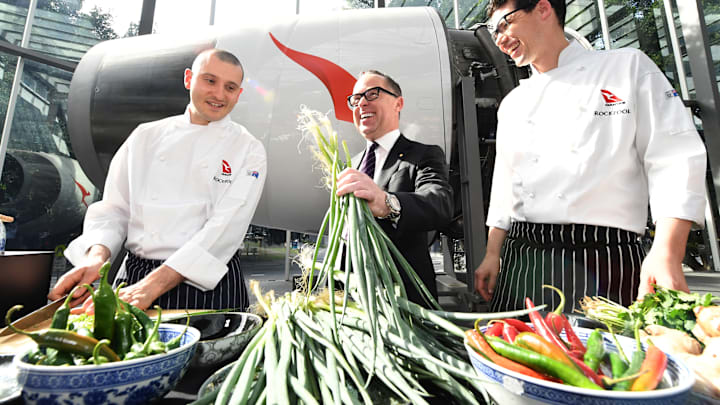The Fusion of Flavors: Exploring Global Cuisine

The concept of fusion cuisine is not new; it has been a part of culinary history for centuries. The exchange of ingredients and cooking methods along trade routes, such as the Silk Road and the Spice Route, has long influenced the development of regional cuisines. The introduction of new ingredients, such as tomatoes, potatoes, and chilies, transformed traditional recipes and led to the creation of new dishes. In the modern era, globalization and migration have further facilitated the blending of culinary traditions, resulting in a rich tapestry of flavors and techniques.
One of the defining characteristics of global cuisine is its ability to combine familiar ingredients and techniques in new and innovative ways. Chefs often draw on their own cultural backgrounds and experiences to create dishes that reflect their personal culinary journey. For example, a chef with a background in Japanese and French cuisine might create a dish that combines the delicate flavors and techniques of Japanese cooking with the rich and complex sauces of French cuisine. This fusion of flavors can result in dishes that are both comforting and surprising, offering a fresh perspective on traditional recipes.
The use of spices and herbs is a key element in global cuisine, adding depth, complexity, and vibrancy to dishes. Spices such as cumin, coriander, turmeric, and paprika are commonly used in fusion cooking to create bold and aromatic flavors. Herbs like cilantro, basil, and mint add freshness and brightness, enhancing the overall taste and presentation of the dish. The careful balancing of spices and herbs is essential in fusion cuisine, as it allows for the harmonious blending of flavors from different culinary traditions.
Global cuisine also emphasizes the use of fresh, high-quality ingredients, often sourced locally and sustainably. The focus on seasonal produce and artisanal products ensures that the flavors are at their peak, while also supporting local farmers and producers. This commitment to quality and sustainability is reflected in the careful preparation and presentation of dishes, which showcase the natural beauty and flavors of the ingredients.
The exploration of global cuisine offers a unique opportunity to learn about different cultures and traditions through food. Each dish tells a story, reflecting the history, geography, and customs of the region it represents. For example, a bowl of pho from Vietnam, with its fragrant broth and tender slices of beef, offers a glimpse into the culinary heritage and cultural significance of Vietnamese cuisine. Similarly, a plate of tacos, with its combination of savory meat, fresh vegetables, and zesty salsa, provides a taste of the vibrant and diverse flavors of Mexican cuisine.
In recent years, global cuisine has gained widespread popularity, with restaurants and food festivals celebrating the fusion of flavors from around the world. Chefs are continually pushing the boundaries of traditional cooking, experimenting with new ingredients, techniques, and presentations. This spirit of innovation and creativity has led to the emergence of exciting and memorable dishes that capture the imagination and delight the senses.
In conclusion, the fusion of flavors in global cuisine is a celebration of diversity, innovation, and the interconnectedness of the world. By combining ingredients, techniques, and traditions from different cultures, chefs create exciting and unique dishes that reflect their personal culinary journey and the richness of global food heritage. Exploring global cuisine offers a dynamic and evolving culinary landscape that invites us to embark on a culinary journey that celebrates the richness and variety of food from around the world.